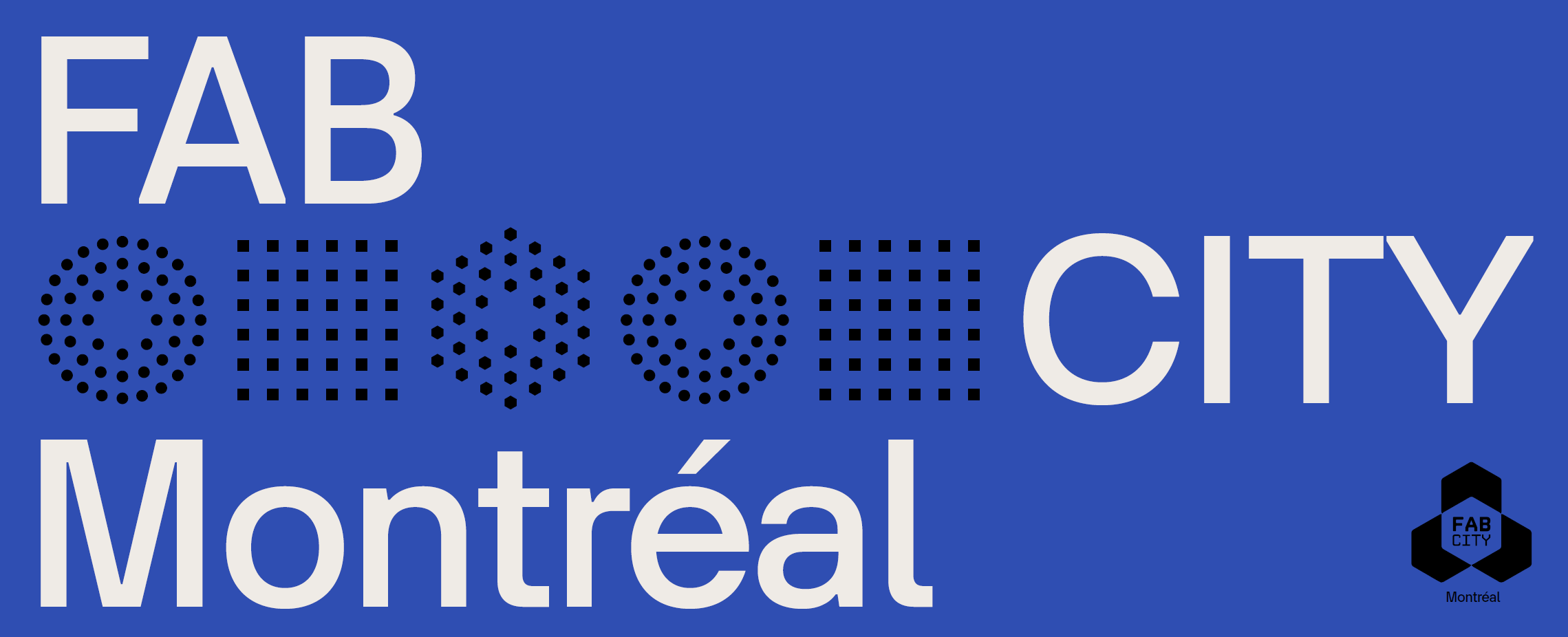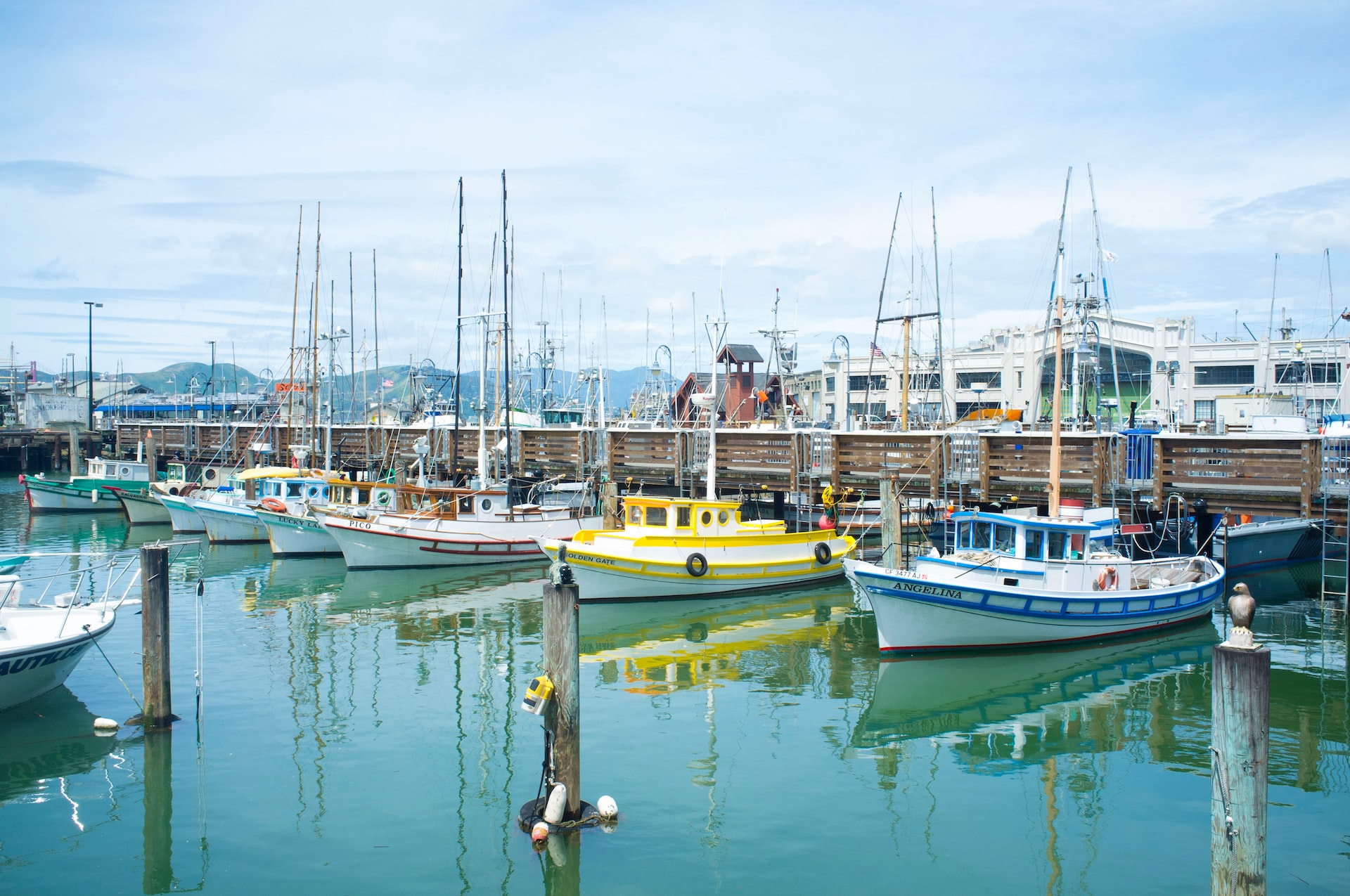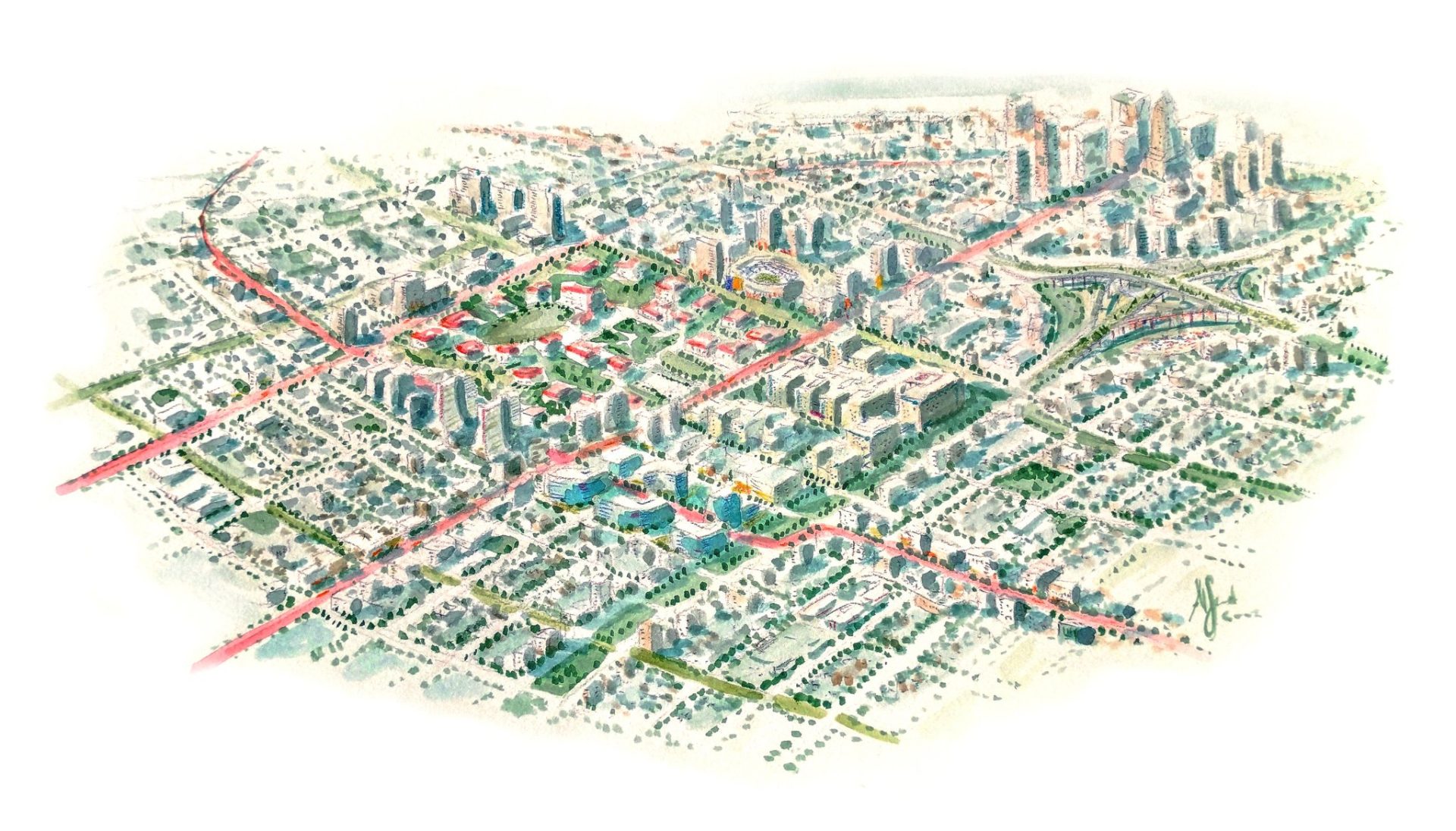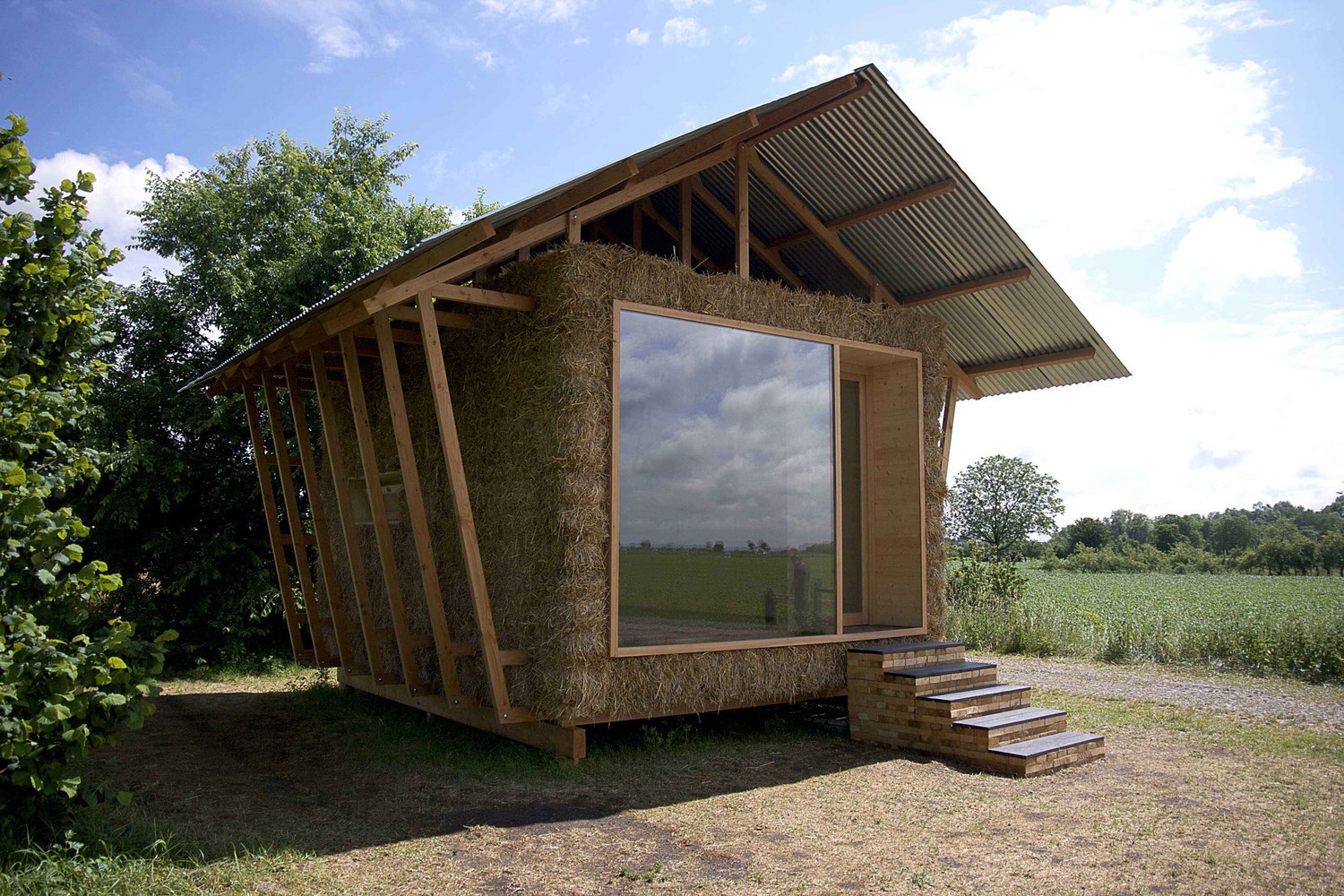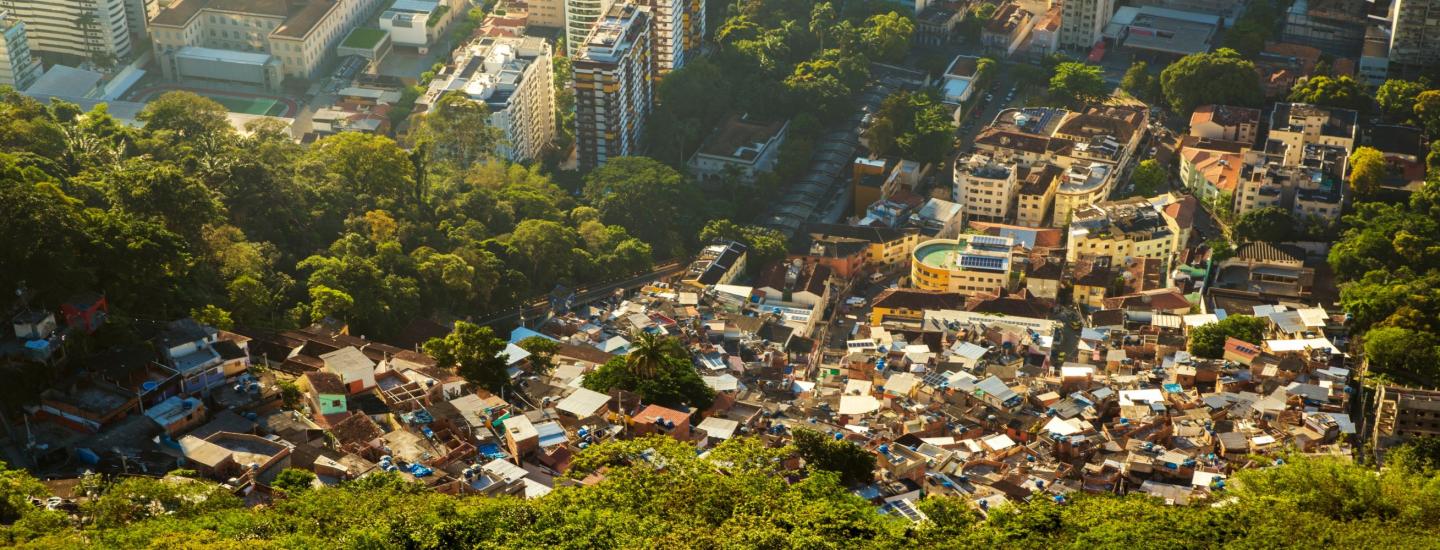News
A seafood restaurant with a perpetual purpose
It’s a lot more common in recent years to hear how we need to reinvent the economy, change cities, rethink how we live within planetary boundaries. However, actual examples to follow seem to be very small-scale and dreams of change project large-scale visions. “Real life” examples beyond hobbies or purely volunteer models are a bit harder to find.
The city of the future is a remodel, not a rebuild
Alfred Twu, an artist and architect who works on housing and transportation projects, wrote a guest post for Noah Smith’s newsletter with lots of interesting views on the evolution of cities. It’s mostly a sequence of statements of a few paragraphs, so a bit hard to summarise, but here are some outtakes to encourage you to read through, plus there are quite a few of his illustrations spread out along his writing. Twu wrote about renovation, the economy, lifestyle, shopping, colleges, transportation, and dreams.
Efficient walls made of agricultural waste
Straw buildings are nothing new, but sometimes revisiting old solutions can provide useful options. In this article on building efficient walls with agricultural waste, ArchDaily gives us a nice overview of such a look back and shows how “straw buildings can be sustainable, comfortable, and, above all, solid and resistant.”
Major transformations to solve urban inequality
This blog post ends up being a synthesis of a synthesis, so you might want to click through to the article explaining seven major transformations to solve urban inequality, or even to the World Resources Report Towards a More Equal City. But here are some of the highlights.
Videos
#Fabcitymontreal


